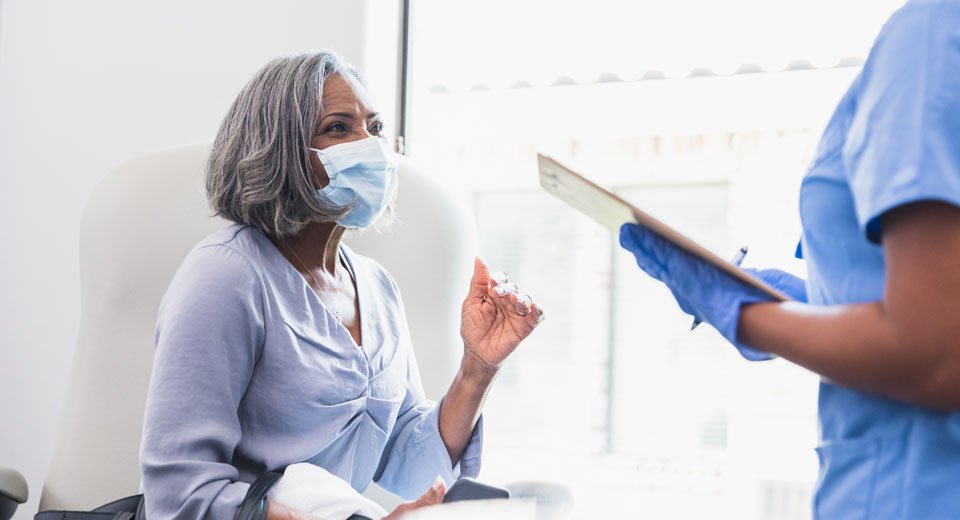Breast, cervical cancer screenings seeing a resurgence

The number of breast cancer screenings plunged nationwide in 2020, leading to a drop in breast biopsies and ultimately potentially curative surgery by up to 58%. Models have predicted a rise in deaths from breast cancer worldwide as patients present with symptoms and more advanced cancer. Hesitancy to seek care due to the COVID-19 pandemic was largely to blame.
Some of this drop was attributable to healthcare facilities temporarily shutting their doors or postponing some procedures during the early months of the COVID-19 pandemic. Government recommendations that people stay home as much as possible also likely played a part, as did patient fear of contracting the novel coronavirus, the CDC said in a press release. Data has shown that the drop in cancer screenings has disproportionally effected women of color and lower socioeconomic status.
Breast Surgeon Naomi Kalliath, DO wants women to know it’s safe – and important - to return to hospitals and clinics for screening mammography which saves lives by detecting cancer early. She said since the pandemic has started, she has seen patients being diagnosed with “more advanced cancer because of waiting.”
“It’s time to get back to regular breast cancer screening,” said Dr. Kalliath, who joined the staff of Cape Cod Hospital over a year ago, after completing a fellowship in breast surgical oncology at Brown University Women & Infants Hospital, in Providence, RI. “Vaccines are readily available now, and the virus isn’t as lethal as the original strain was. We can’t let the pandemic be a barrier to healthcare access and breast cancer screening for anyone.”
Fortunately, she said, “most breast cancers are slow growing and very treatable. The earlier we can detect breast cancer, however, the higher likelihood we can cure it.”
Cape Cod Healthcare recommends that women of average risk for developing breast cancer follow the American College of Radiology guidelines and start getting annual mammograms at age 40. Females at higher risk of breast cancer because of a family history of cancer or known to have a genetic mutation that predisposes them to cancer, or other factors, may start at age 30.
The society recommends that annual Pap tests to look for signs of cervical cancer start at age 25, and testing for HPV (human papillomavirus) be done every 5 years.
The National Breast and Cervical Cancer Early Detection Program helps low-income women and those with little or no health insurance get screening and treatment. It funds screening and diagnostic services, and women diagnosed with cancer through the program may qualify for treatment paid by Medicaid.
